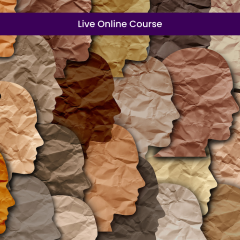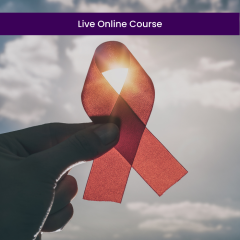Current Evidence Based Treatments for Child & Adolescent Depression (2 CE)
Number of Credits: 2
This course is for: Clinical Psychologists, Counselors, School Psychologists, and LMFTs
Course By: Tim Grigsby, PhD
Content By: Weersing, V. R., Jeffreys, M., Do, M. C. T., Schwartz, K. T., & Bolano, C. (2017). Evidence base update of psychosocial treatments for child and adolescent depression. Journal of Clinical Child & Adolescent Psychology, 46(1), 11-43.
Course Description: Depression is a chronic and potentially disabling mental health problem that can persist throughout the life course. Clinical trial research in youth depression has traditionally focused on treatment though more recent research is investigating early screening and intervention strategies to offset the risk of a clinical depression diagnosis. This course will review the state of evidence-based treatment for child and adolescent depression by reviewing published clinical research published between 2008 and 2014. Findings are presented in terms of the strength of the evidence supporting their effectiveness. A broader discussion on long-term effects, potential mediators and moderators, combined treatment strategies, and future directions are presented.
Learning Objectives:
- Provide three evidence-based arguments for treating depressive symptoms beginning in childhood or adolescence
- Compare and contrast the effectiveness of cognitive-behavioral therapy for depression in children and adolescents
- Compare and contrast the effectiveness of interpersonal therapy for depression in children and adolescents
- Identify potential mediators and moderators that impact the effectiveness of psychosocial treatments for depression in youth populations
Course Outline:
- Read and understand Evidence base update of psychosocial treatments for child and adolescent depression
- Review the Course Description and Learning Objectives
- Reflect on the state of evidence-based treatments for depression in child and adolescent groups with special attention to existing gaps in the research
- Work through the post-test questions; keep in mind that answer selections should be derived from the respective article
- Return to the referenced article for any missed questions and/or to better understand the strengths and limitations of existing treatments used to treat youth depression
Implicit biases incorporate an association that occurs outside of conscious awareness that may resultantly lead to a negative patient evaluation derived from irrelevant characteristics; i.e. gender and/or race. A systematic review of the literature was conducted. Thirty-five studies identified the existence of implicit bias in healthcare professionals; all correlational studies evidenced a significant positive relationship between implicit bias levels and lower quality of care (FitzGerald & Hurst, 2017). Continued research in health care settings, combined with greater method homogeneity, should be employed to examine the occurrence and prevalence of implicit biases in healthcare settings as a strategic approach for mitigating related disparities (FitzGerald & Hurst, 2017).
Reference:
FitzGerald, C., Hurst, S. (2017). Implicit bias in healthcare professionals: A systematic review. BMC Med Ethics 18, 19. https://doi.org/10.1186/s12910-017-0179-8
Approvals:
| Board Approvals | American Psychological Association (APA), NBCC, Florida Board - Social Work, MFT, Counseling, and Psychology, NYSED - Social Work, MFT and Counseling Only, American Academy of Health Care Providers in the Addictive Disorders |
|---|---|
| CE Format | Online, Text-Based |







